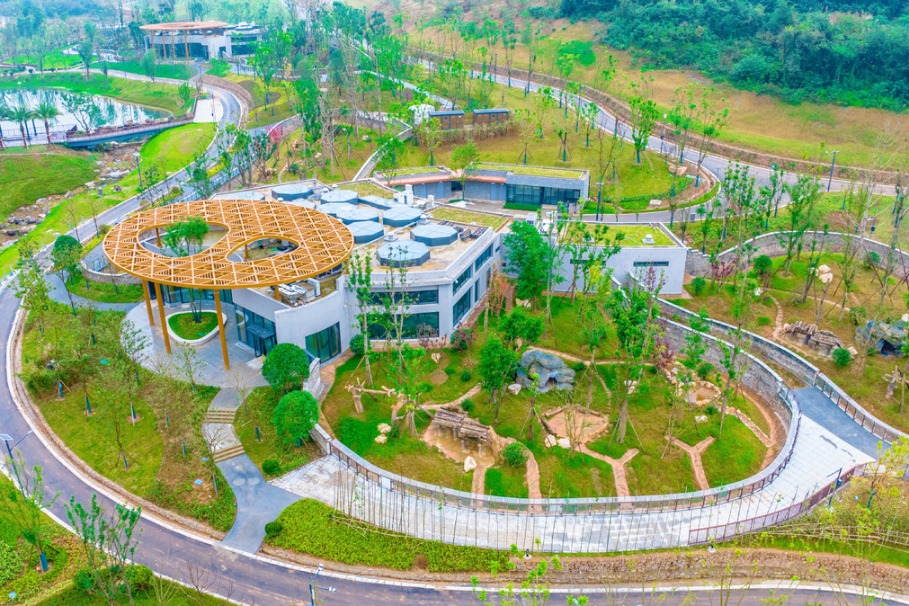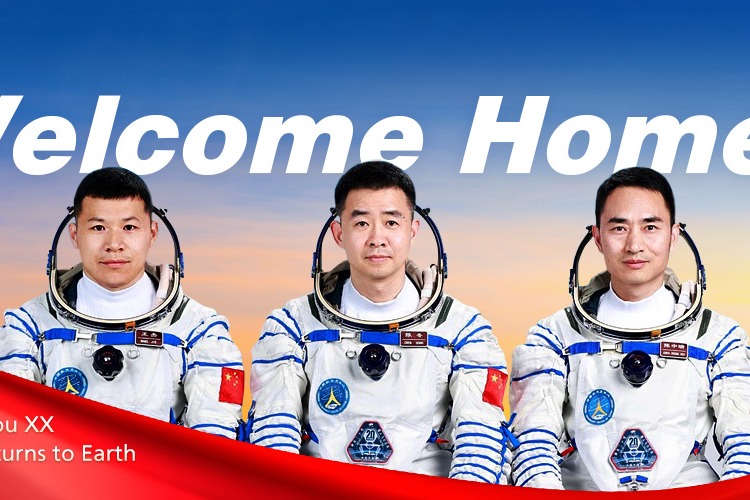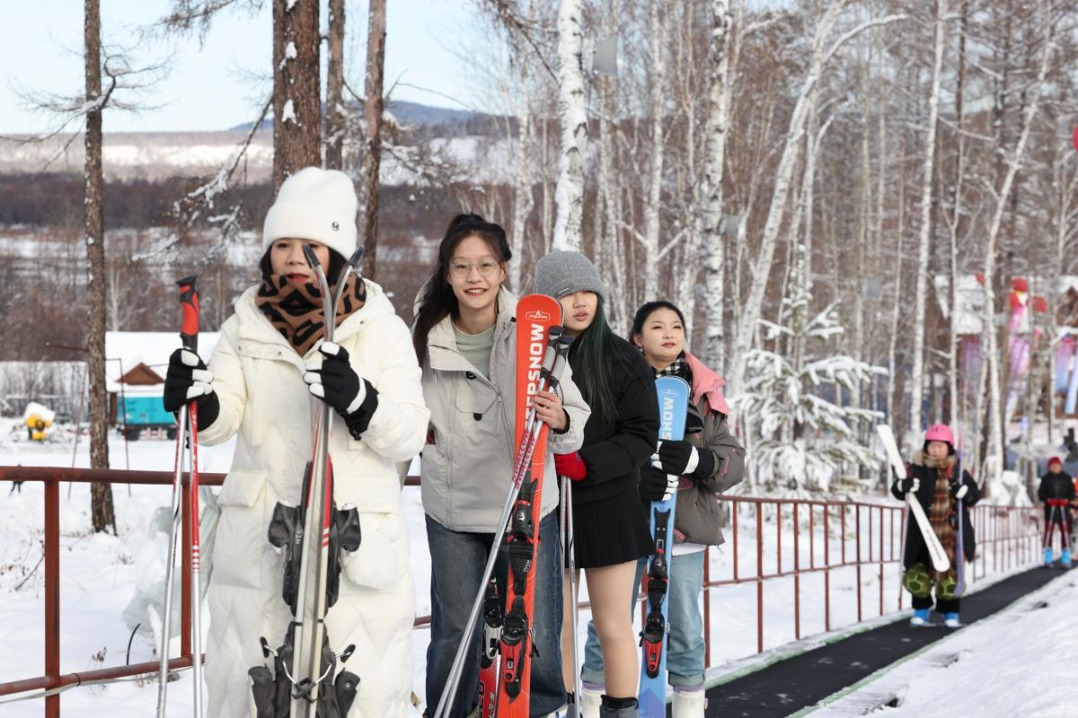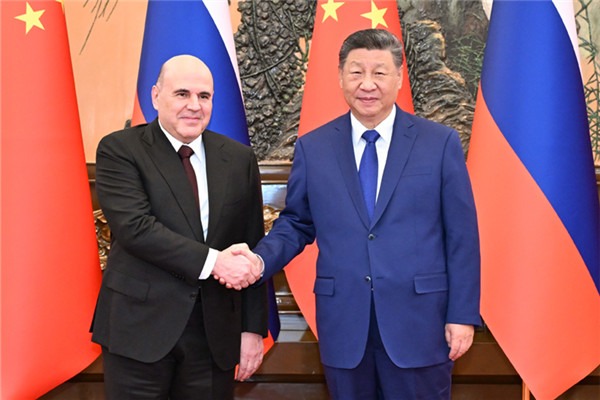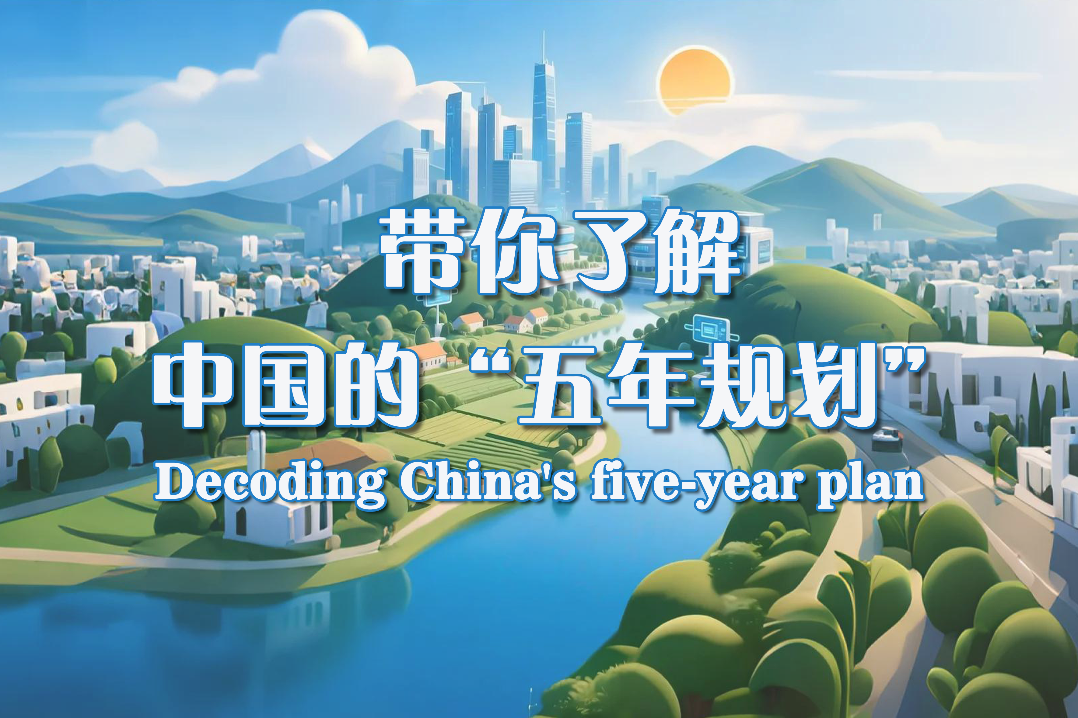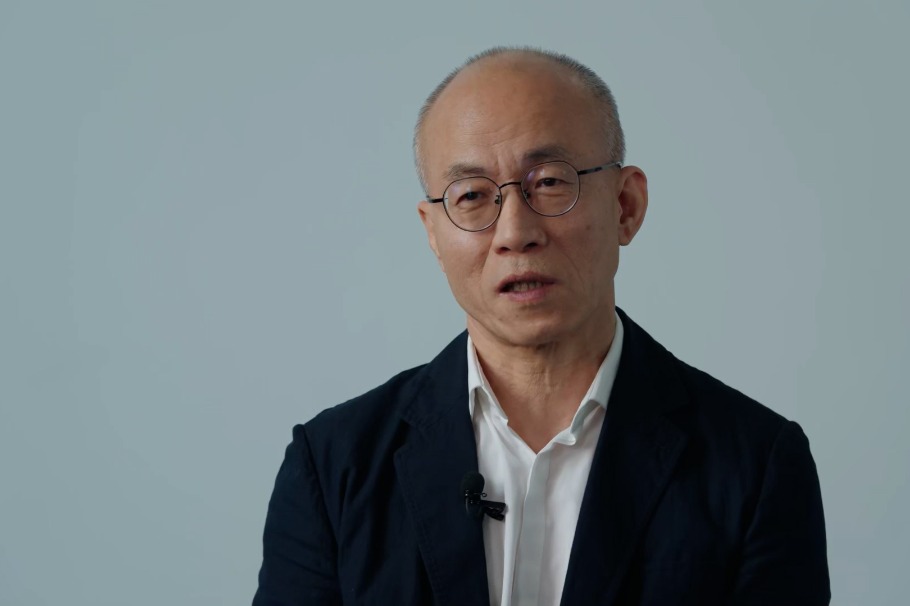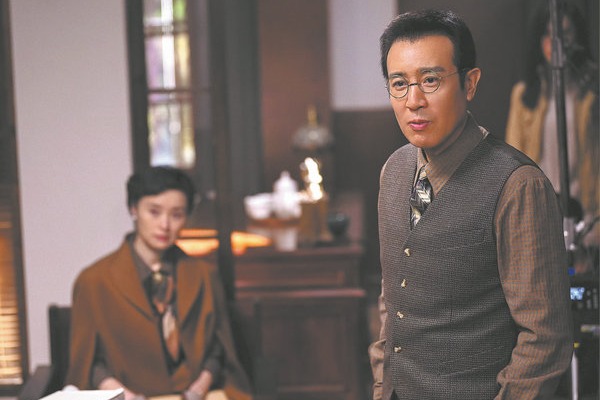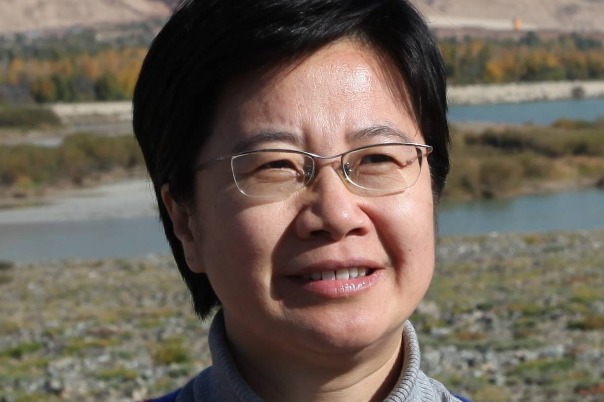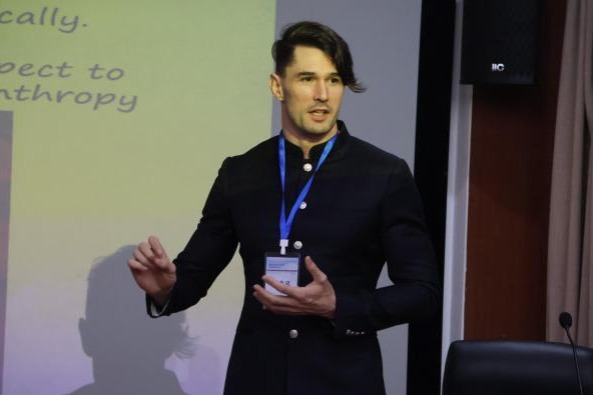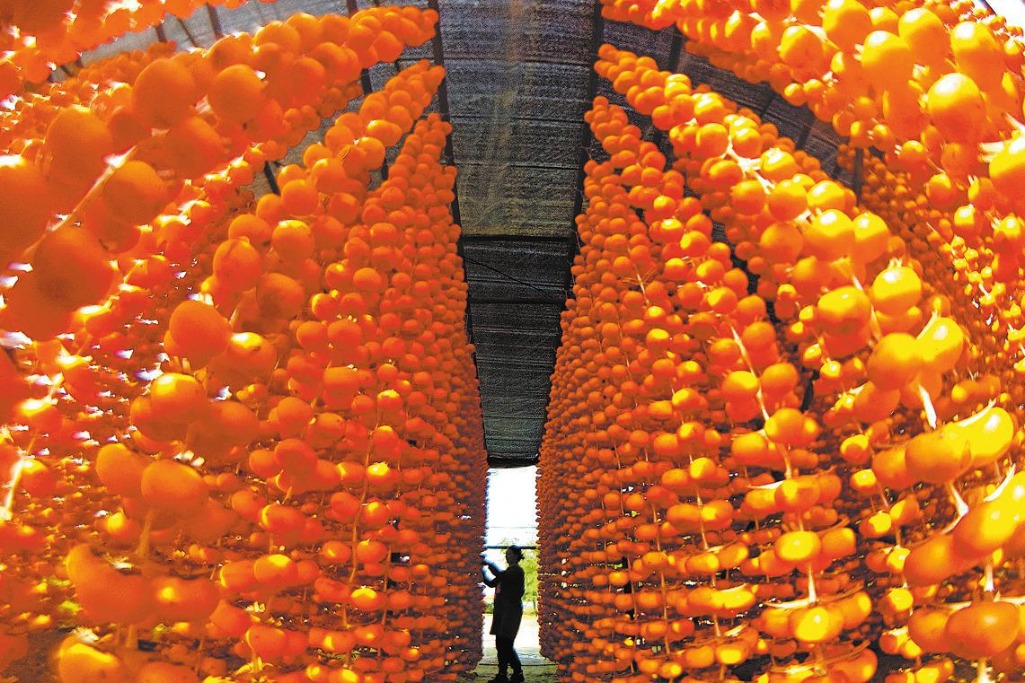Australian scientist honored for cooperation with Chinese peers

CANBERRA-At one point, Australian scientist Sue O'Reilly might have known more about the geo-structure of China than many of her Chinese peers.
For the past 40 years, the professor from Sydney's Macquarie University has been committed to research collaboration in geoscience with Chinese universities and institutes during her trips to the country.
On March 24, O'Reilly received the International Science and Technology Cooperation Award for her contributions to the development of Chinese science and to the exchanges between the Chinese and international geoscience communities.
"This is by far the most emotional moment I've ever had in my Chinese collaborations," said the 76-year-old Fellow of the Australian Academy of Science in an interview with Xinhua after the award ceremony.
"It is just amazing that 30 or 40 years of doing wonderful work with wonderful Chinese colleagues has been so important that it's recognized by the Chinese government."
The ISTC Award is a State-level annual honor that was established by the State Council, China's Cabinet, in 1994. It is conferred on foreign experts or organizations that have made important contributions to China's scientific and technological development.
"This award is indeed proof that science collaboration is a powerful way to build lasting international bonds and ongoing cooperation in an increasingly complex world that we all share, and have a responsibility to shape for the future," she said.
O'Reilly first visited China in 1982. At the time, she had completed her doctorate in volcanic rocks in New South Wales and found that Australia was not the right place to take her research further. So she cast her sights on China.
She made contacts that led to an invitation to a conference in Beijing in 1992. She then visited the Fangshan basalt and xenolith sites in Luhe district of Nanjing, Jiangsu province.
Over the following years, O'Reilly worked with Chinese researchers. They conducted research in China, investigated the volcanic geology of southern Australia and compared the four-dimensional rock evolution of eastern China with eastern Australia.
"We had a vision to understand how the Earth works. I won't pretend it's all been easy. We had some very hard field trips," she said.
In 2002, O'Reilly visited the Hannuoba basal field in Hebei province. Rain made the road slippery as they rode on a tractor to the site, but her excitement about the visit can be seen in her smile in a photo taken during the trip.
Over the years, O'Reilly has witnessed great changes in China.
"When I first went, there were almost no cars," she told Xinhua, recalling a scene when she and her colleagues sat in a black car surrounded by a sea of bicycles.
Back in 1982, not long after China had opened up to the world, laboratories had very little equipment, and many scientists were looking to foreign experts like O'Reilly to point them toward what was important for the future, she said.
"The outcome of that has been that China has grown scientifically so much that we now go to use laboratories there because they are so excellent, and I receive so much support," she added.
The professor said that one of her greatest memories was being able to help young Chinese scientists start publishing internationally, build world-class laboratories and research programs and bring up the next generation in an international environment of science.
While lecturing at the China University of Geosciences and Nanjing University, O'Reilly not only helped train scientific and technical talent, but also initiated geological surveys and laboratory cooperation between China and Australia.
She visited the Chinese Academy of Sciences in 2013, where she helped Chinese researchers carry out laboratory work and discuss test data.
Those she trained have become the backbones of many key laboratories, and she also planned a China-Australia joint research center to promote in-depth cooperation.
Unsure of how many Chinese researchers she had worked with over the past decades, O'Reilly estimated that at its peak, she was collaborating with about 200 scientists in China and Australia.
"It's been very satisfying to see that those young scientists at the time have now become leaders and are mentoring their own," she said, adding that many of the achievements made were only possible because of the cooperation between Chinese and Australian scientists.
"Science across national borders is a better way to make a better world for all, and for a more sustainable future, for our planet and society," she said. "I consider this award a testament to China-Australia scientific cooperation and to a shared vision for the future."
She said she expects there will be more cooperation despite changes in the political relationship between the two countries.
"Science goes on, no matter what," she said. "Science in China started thousands of years ago, and it is still going strong. How many political changes have there been in the world over 2,000 years?
"Every person does a small part. It's like a jigsaw puzzle. We've put things into place, and we have ended up with a really significant change in the way we understand the Earth, and the way we do prospecting for important minerals that we're going to need for a sustainable future. This is not the end of it. People will take our work and go on from there."
Xinhua
- China lays out pitch to lure world's consumers
- AI transforming experience for foreign travelers in China
- Pilot to build top-tier shopping hubs
- Beijing seeks closer collaboration with Pacific Island countries
- China launches new giant panda base
- HK and mainland financial market to forge proactive and deep alignment
















